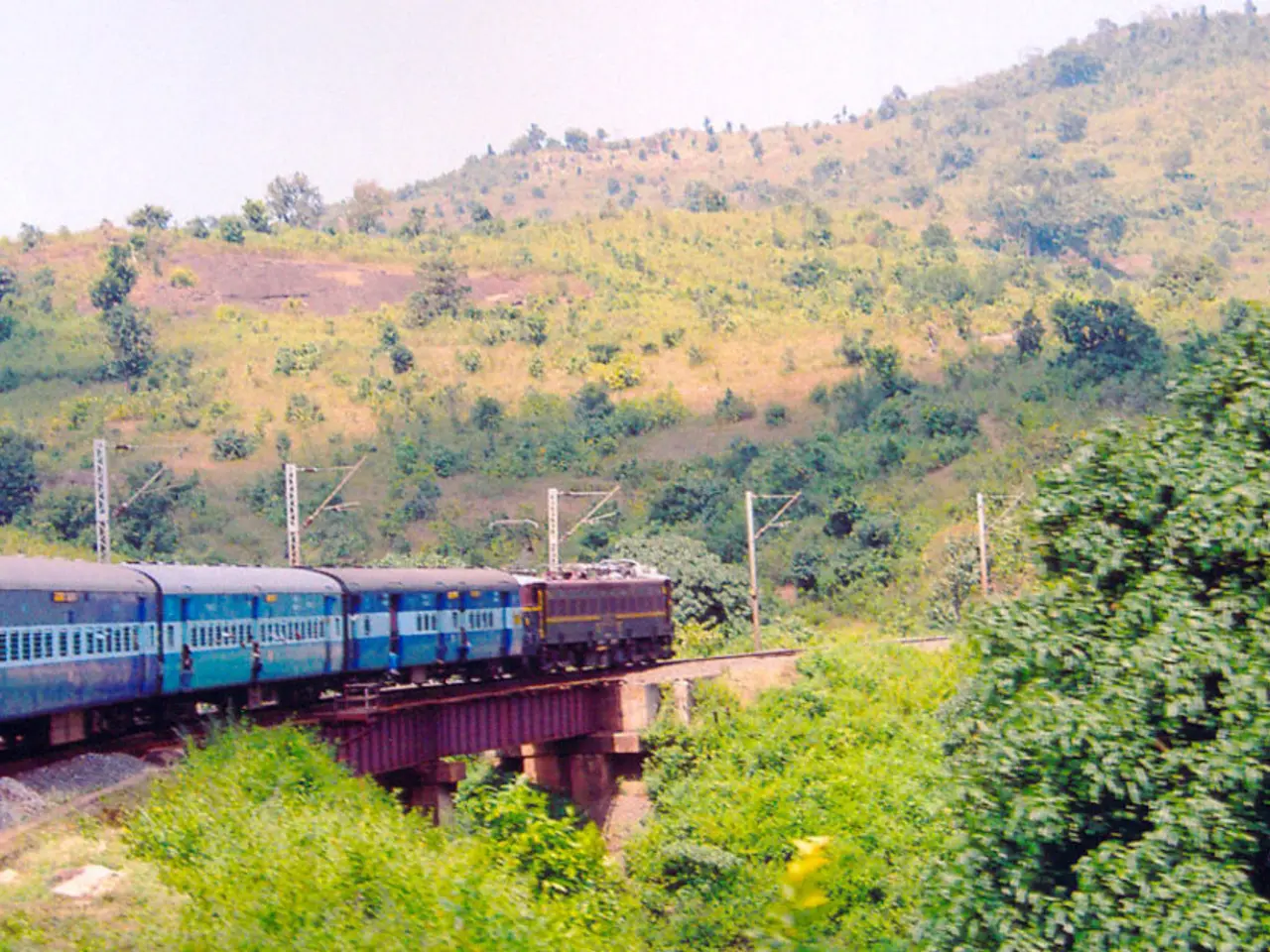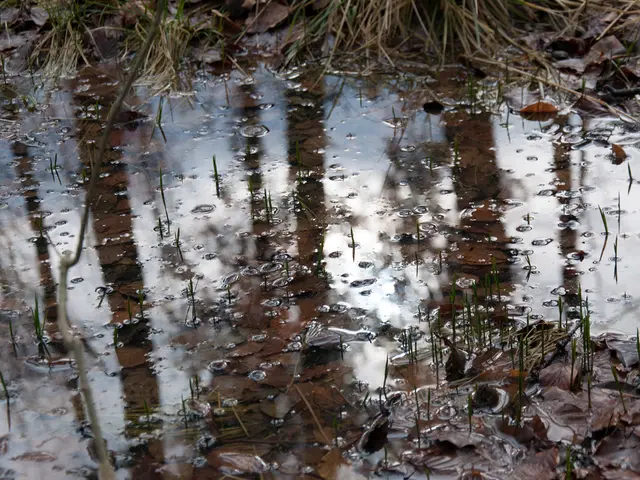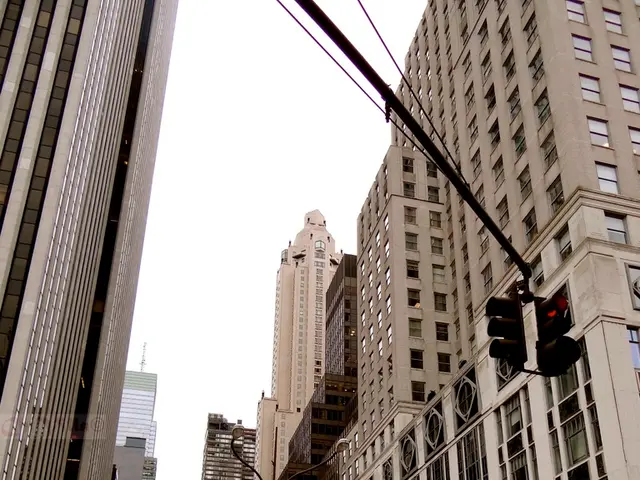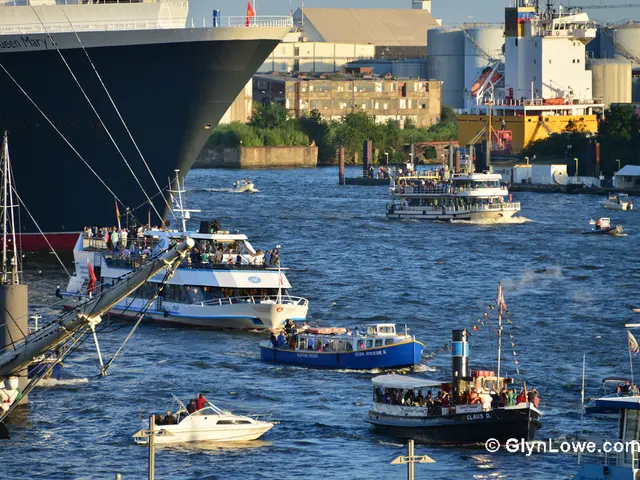A Forgotten Railway Plan: Adolf Duemmler's Vision for Fulda-Meiningen Connectivity
Rediscovered Train Line Crossing Frankenheim Town
In the late 19th and early 20th centuries, the ambitious vision of engineer and planner Adolf Duemmler sought to transform the transportation landscape in central Germany. At the heart of his plan was a railway line connecting the cities of Fulda and Meiningen, two significant regional centres in Hesse and Thuringia respectively.
The Genesis of the Railway Plan
Duemmler, a native of the Palatinate who had resided in Frankenheim since 1880, proposed this railway as a means to provide a direct transport route through the scenic and strategically important Rhön Mountains. The proposed line aimed to connect smaller villages and towns along the way, enhancing economic prospects, particularly in rural areas like Frankenheim, and support the movement of goods between the two regions.
Obstacles and Challenges
The plan's execution was fraught with difficulties. The mountainous terrain required careful planning to create tunnels, bridges, and stable track beds, adding to costs and timelines. Funding the railway was another significant challenge, necessitating investment from regional authorities and private stakeholders.
Local opposition was also a concern, with some villages, including parts of Frankenheim, having residents worried about disruptions to their rural lifestyle, land use changes, or environmental impact. Political factors further complicated matters, as coordination between different states (Hesse and Thuringia) required negotiations to align priorities and manage cross-border infrastructure.
The Impact on Frankenheim
Frankenheim, located in the Rhön region, was earmarked to be a stop or near the railway line, anticipating local benefits. Initial anticipation was high for economic development, increased trade, and better connectivity for inhabitants. During the construction phase, Frankenheim experienced temporary disturbances, such as a labor influx, land acquisition, and environmental changes.
Despite the initial enthusiasm and planning, certain sections of the railway, including near Frankenheim, faced delays or downsizing due to funding and technical challenges. In some historical accounts, the railway either was completed only partially or adjusted to bypass certain smaller villages, potentially including Frankenheim.
Where the railway reached or passed nearby, villages like Frankenheim saw modest economic boosts, but not transformative urbanization. Over time, the railway contributed to integrating the region better into the German rail network but was eventually overshadowed by road transport developments in the mid-20th century.
A Brief Overview of Duemmler's Efforts
Duemmler, known for his unstoppable spirit, was determined to bring prosperity to Frankenheim by attracting freight trains, tourists, and reviving the local economy through the railway line. He had previously attempted to revive the economically struggling village through the production of clocks and tobacco, but his initial efforts ended in loss.
In 1908, Duemmler expanded the Sophienhöhe, a spa operation, to accommodate investors and railway officials. He showed them the proposed railway route, including places like Oberweid, Birx, and the Black Moor, which crossed the borders of Bavaria, Prussia, and Saxe-Weimar. Despite opposition from farmers and smugglers in the area, Duemmler continued to push for the railway line, even expanding his efforts to attract investors.
In 1902, a plan for a railway line between Fulda and Meiningen was circulating in Frankenheim. The plan was announced in an evening gathering at an inn in Frankenheim, with Duemmler believing that whoever secured the railway line would secure the future of Frankenheim. The plan involved maps with lines drawn from Fulda to Meiningen, passing through Frankenheim.
However, the plan for the railway line ultimately faced setbacks, with some people in Frankenheim believing that the Urheuwel, an old legend about the Rhön, had finally won its victory with the halt of the railway project. World War I in 1914 further halted work on the railway line.
Today, old maps and stories remain as reminders of Duemmler's vision for the future of Frankenheim, with the whistling of steam locomotives in the Rhön having been replaced by the quiet rustle of the forest and the gentle babble of the streams.
Read also:
- Finance Management Organization (FMO) secures €130 million syndicated loan for QNB Leasing in Turkey
- Industrial blasts at US Steel facility in Pennsylvania claim one life, one person is unaccounted for, and ten individuals suffer injuries
- A certified Mechanic unequivocally avoids performing oil changes on vehicles that are still under warranty.
- Catastrophic blast at a Coca-Cola manufacturing facility claims one life and multiple individuals unaccounted for, according to law enforcement officials.







